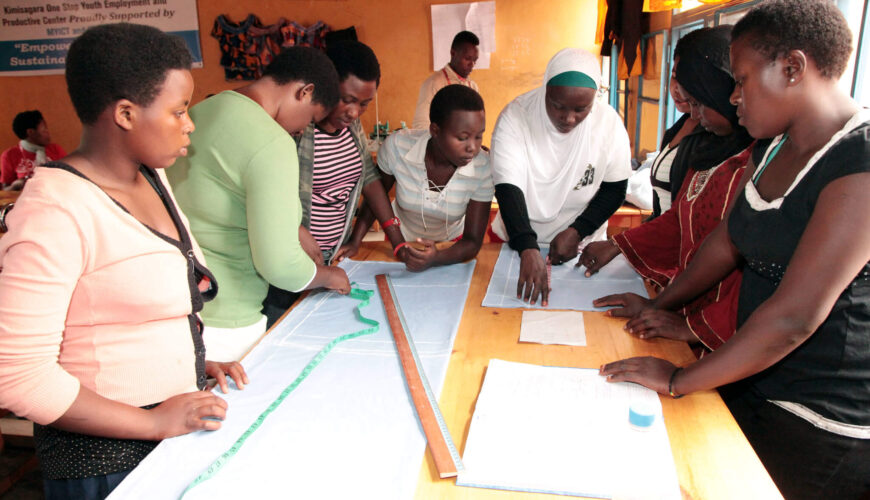UN-Habitat initiated and convened the process to develop “Urban-Rural Linkages: Guiding
Principles and framework for Action” (URL-GP) with over 130 actors from over 40
international agencies. The process was culminated with the acceptance of ten principles
and eleven fields of action. The principles are flexible and can be applied by all levels of
stakeholders at all scales. While the principles are designed for universal application, there
are distinct roles and actions appropriate for national or local governments, civil society, the
private sector and international organizations. The goal of these Guiding Principles is to
inform pragmatic strategies and propose a Framework for Action to build an enabling
environment for more inclusive and functional urban-rural linkages. The URL-GP are based
on the premise that urban and rural areas should not be treated as separate entities in
development plans, policies and strategies. Rather, the aim is to harness the potential that
their combined synergy generates, so that everyone benefits from the circular flow along
the urban-rural continuum. Please find below the Urban-Rural Linkages: Guiding Principles
to Advance Integrated Territorial Development publication
in English, French, Spanish, Arabic, Chinese and Portuguese that was launched in May
2019 during the UN-Habitat Assembly.
The application of these Guiding Principles and the accompanying Framework for Action will
contribute to the creation of fair and sustainable livelihoods across the urban-rural
continuum by strengthening the roles of local governments and other institutional partners.
It will promote the recognition of the interdependence between urban and rural
environments and recognize the importance of protecting ecosystems. Marginalized groups
such as women, smallholders and Indigenous Peoples often have an important role as
stewards of ecosystems and agents of change. Cooperation between actors must help to
leverage this role by supporting employment and sustainable economic development in the
context of ecosystem functions, and enabling health and wellbeing for households in
interdependent urban, periurban and rural areas.
-
Address
Mobile: +254 (0) 708427153 Landline: 020 4913563 Address: P.O BOX 30197 00100 Nairobi
-
Curla Centre
Mon - Sat: 8.00 am - 5.30 pm

